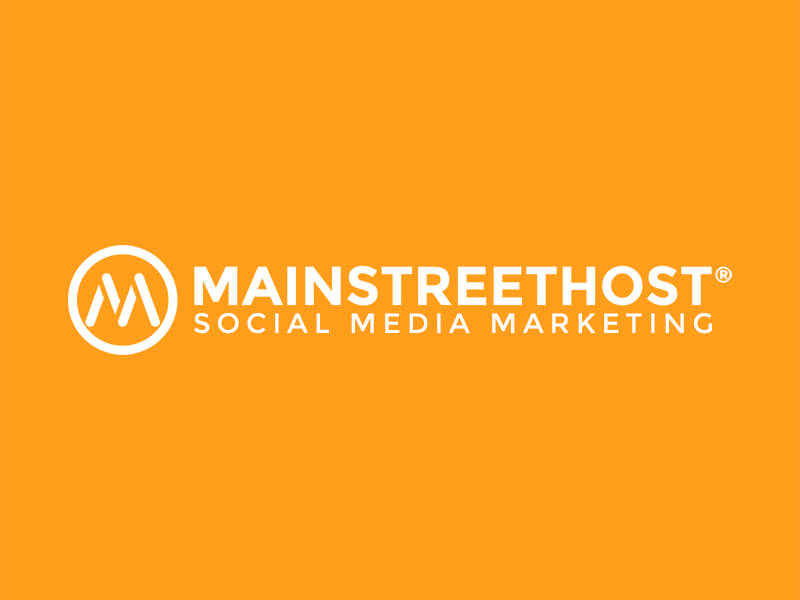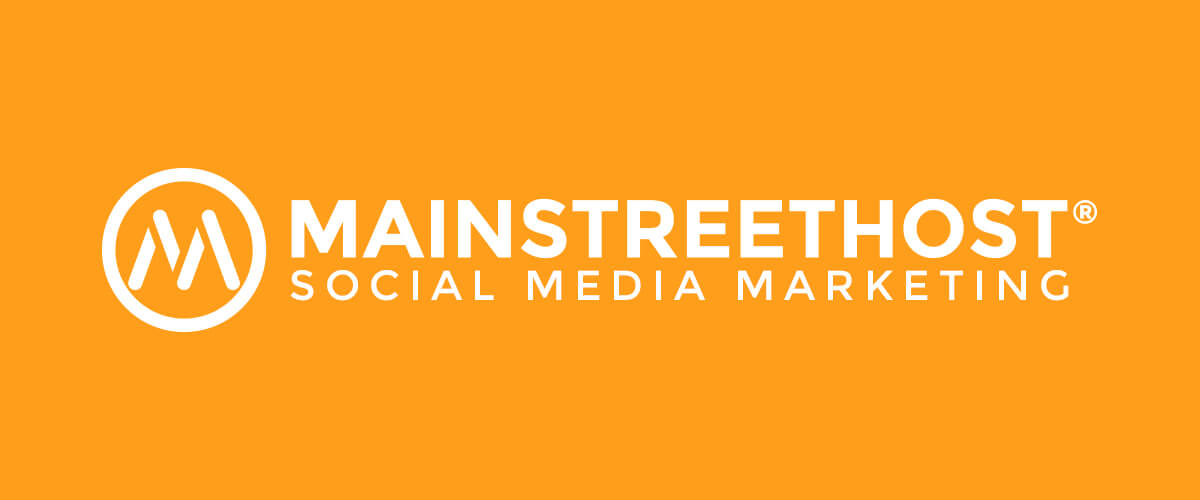This is a guest post. The views expressed in this post are those of the author and do not necessarily represent the views of Mainstreethost.
Gamification has recently become a hot topic among all kinds of business executives. If you think it’s just another fleeting fashion, you’re in for a surprise.
Managers do much more than just toy Why Gamification?
But first things first, what exactly is gamification? It’s nothing more than an application of game mechanisms to a non-gaming context.
By reorganizing everyday activities to resemble a game, marketers can engage consumers with the brand, drive specific behaviors and motivate brand customers to do things that require a certain amount of effort and time – activities that in the traditional setting wouldn’t bring great results or engagement.
The basic logic of gamification is based on reward and recognition. Players are rewarded with points and badges – the most talented ones should be recognized on a special leaderboard or scoreboard. With the use of typical game elements – such as points, levels and badges – companies can appeal to the competitive nature of humans and provide an incentive for action. Gamification also helps to maintain a consumer’s motivation in completing activities instead of abandoning them half-done.
Gamification and Its Risks
This all sounds great, but before employing gamified strategies in your marketing campaign, you should think about the risks involved. Games wouldn’t be games if they didn’t have that element of risk to them. The truth is that badly designed or poorly conducted games simply fail to deliver promised results and can have disastrous effects on the brand’s image.
If you think it happens rarely, consider this: in one of its recent reports, Gartner assessed that by 2014, more than 80% of gamified apps won’t achieve their business objectives due to poor design.
The problem is real and experts agree that gamification can only bring considerable results if the process of progress tracking is transparent, talented players are recognized and feedback is provided in real-time.
Gamification in Social Media
There are many strands of gamification and in this article we focus on its social variety. Social gamification is expected to become a major trend in the sector and I believe it will be of great value for the purposes of content marketing on platforms, which are all about social.
Below you find a selection of case studies that explore some of the most interesting examples of the use of gamification in content marketing. Each includes a practical explanation of the gamified scenario, how it played out in the real world and what tangible benefits it brought to the brand.
M&M’s Eye-Spy Pretzel
Last year, M&M’s launched an incredibly successful game as a part of their M&M’s Pretzel marketing campaign. The game was based on the eye-spy logic, where players were given a large graphic design of scattered M&M’s, among which there was one small pretzel hidden. The task of the player was to simply find the hidden pretzel.
The game was simple and inexpensive, but it quickly went viral and brought tangible benefits to the organization. It effectively fostered consumer engagement and resulted in over 25,000 likes on the company’s official Facebook page, more than 6,000 shares and around 11,000 comments. Not bad for a little pretzel!
M&M’s employed gamification to market its M&M’s Pretzel product and did a really great job. Even though looking for a small pretzel in a page full of M&M’s might seem less than exciting, the gamified context of the campaign made it so and consumers were motivated to keep looking for the little pretzel. To see the outcome of M&M’s simple social media campaign for yourself, have a look here.
NikeFuel
A prominent section of the Nike+ campaign, NikeFuel motivates consumers to use Nike’s measurement technologies and share their results on social media. The logic of NikeFuel is based on competition – consumers are simply to compete against one another in their daily amount of physical activity. A special NikeFuel app measures sports performed by users and transcribes them into points, rewarding users for their efforts.
But that’s not all. NikeFuel further motivates consumers to work out and share their results by unlocking special trophies and rewarding users with badges after completing a certain level. Every time they receive such a reward, consumers can share their achievement on social media channels and increase the brand’s visibility across all platforms.
This is a great example of gamification employed by brands to keep consumers engaged and motivate them to repeat selected tasks with growing excitement. In the case of NikeFuel, gamification encourages some specific behaviors defined by brands in their campaigns and inspires consumers to perform tasks, which are difficult to engage with when driven in the traditional marketing setting.
Pleasure Hunt by Magnum Ice Cream
This brilliant marketing campaign went viral in no time. In 2011, Magnum used the logic of skill games to create Pleasure Hunt, where the player controlled a ‘Magnum Woman’ and helped her to collect chocolates. A simple interactive game – nothing really original about it, right? Except there is…
The ‘Magnum Woman’ moves around and at some point jumps out of the Magnum website to pages of other brands, such as Samsung, Dove, Saab and even YouTube! Moving along the page mockups and collecting chocolates is meant to convey a message: the web can be full of pleasures. While the message is somewhat simplistic, the medium used to communicate it is simply brilliant.
Not only did the game engage consumers with the brand, but it was also a great example of brand integration with a game created for marketing purposes. Upon completion of the pleasure hunt, users could share their achievements on Facebook and Twitter, or challenge their friends to beat their results, increasing the brand’s visibility across social media platforms and motivating others to repeat the task.
Heineken’s US Open Instagram Contest
Another example of a brilliantly executed gamified social media campaign is Heineken’s Crack the US Open contest the company held on Instagram. How did it work? Heineken put together over 200 photos to create a mosaic of tennis fans sitting in the stands. Users could win tickets only after spotting the right fan – the ticket giveaway basically prompted a massive photo hunt.
Following a series of clues in photo captions, users had to reach the final photo in the game and comment a special code word to win the tickets. It might sound a bit complicated, but it has drawn in over 1,500 people during the first 3 days of the campaign, comprising the total of 7 photo hunts. During the contest, Heineken also noted a 20% increase in follower number of their @Heineken_US account.
It was simple, yet effective. Consumers could engage with the brand and win valuable rewards and Heineken could enjoy an increased awareness of their role as a US Open sponsor.



